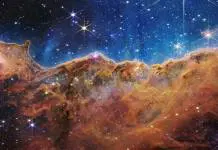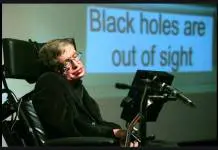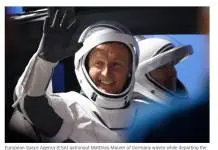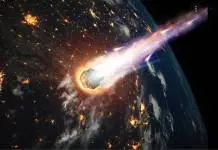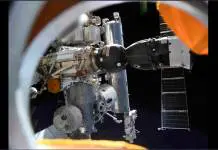
Katherine Johnson, a female mathematician, whose calculations made space exploration possible will posthumously receive the National Geographic Society Hubbard medal for 2020. This is coming 51 years after the Apollo astronauts she helped send to space received the same award. Katherine Johnson who died in February is being awarded for her accomplishment in discovery, research, and exploration.
Johnson who died at the ripe age of 101 early this year, helped to launch the Apollo mission to the moon. She made the mission of Neil Armstrong and John Glen a success and laid the foundation for other things astronauts have been able to achieve with space exploration today. She helped to calculate the trajectories for the space programs. She did this before computers were invented. Her feats earned her the nickname “human computer”.
“It is a great honor to present the Hubbard Medal, the highest honor bestowed on scientists by the National Geographic Society, to Katherine Johnson for her outstanding efforts towards the advancement of science and space exploration,” Jill Tiefenthaler, CEO National Geographic Society said.
According to Tiefenthaler, the National Geographic Society in 1969 gave out the same award to the Apollo 11 astronauts, and awarding it to Johnson for her mathematical calculations to chart the way to the lunar surface is a great honor.
“Katherine Johnson, the human-computer, is the third woman of Black descent to ever get a Ph.D.,” said Kavita Gupta, a teacher at Monta Vista High School in Cupertino, California. “Her work at NASA helped John Glen orbit the earth and Neil Armstrong walk on the moon. She is my hero and I believe that I can rise above marginalization as a result of the foundations she laid decades ago.”
Johnson was one of the women of Black descent who worked on the National Advisory Committee for Aeronautics. They calculated flight trajectories without computers. Katherine used her calculations in 1961 when Alan Sheperd went into space. In 1962 and 1969 she helped John Glen in his journey around the Earth and helped the Apollo 11 astronauts land safely on the moon.
Johnson grew up in White Sulfur Springs, West Virginia, where blacks were not allowed to go beyond sixth grade. Her father Joshua Coleman relocated the family to Institute, West Virginia, so she could study further. A mathematical genius, Johnson started her high school education at the age of 10 and completed her high school education at 14. She was admitted to West Virginia State College and graduated at 18. She did her master’s degree in Mathematics at the graduate school of West Virginia University in 1939 and joined NASA in 1952.
Kathy Moore and Joylette Hylick, Johnson’s daughters are also mathematicians. Hylick worked for NASA and Moore taught mathematics for thirty there years.
Moore, Johnson’s youngest daughter described her mother as a strong woman who had broken down barriers and paved the way for other women of color in science. Hylick stated that their mother would always tell them to get what they wanted without being aggressive. According to her, Johnson believed in her goals and in taking actions. She stated that the family had what they needed but the money and opportunity to pursue their goals were missing.
The Computational Research Facility, a facility that is worth $30 million and stretches over 40,000 square foot is named after Katherine Johnson.
Former NASA administrator and astronaut Charlie F. Bolden said he hadn’t heard about Katherine Johnson while he was growing up or even later during his career. She was also given the Presidential Medal of Freedom by President Barrack Obama.
Source: nationalgeographic.com

